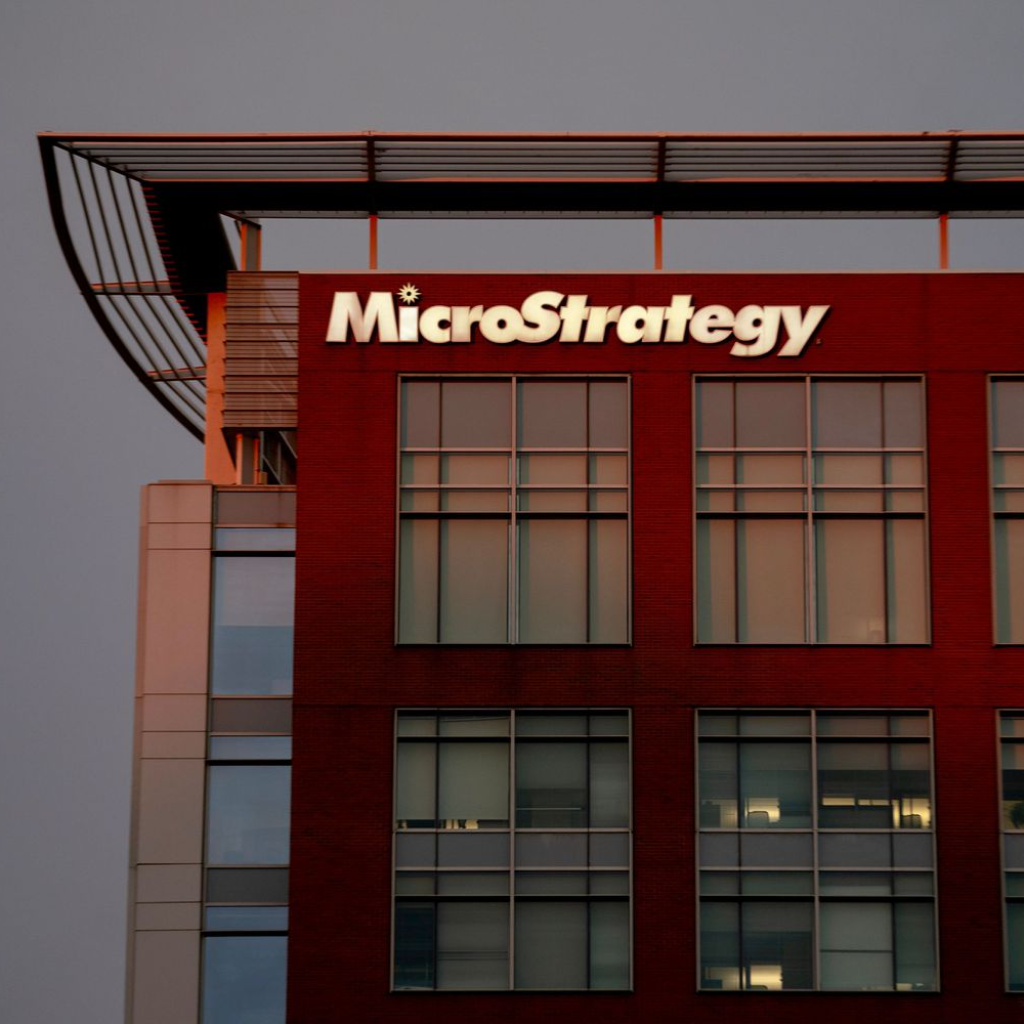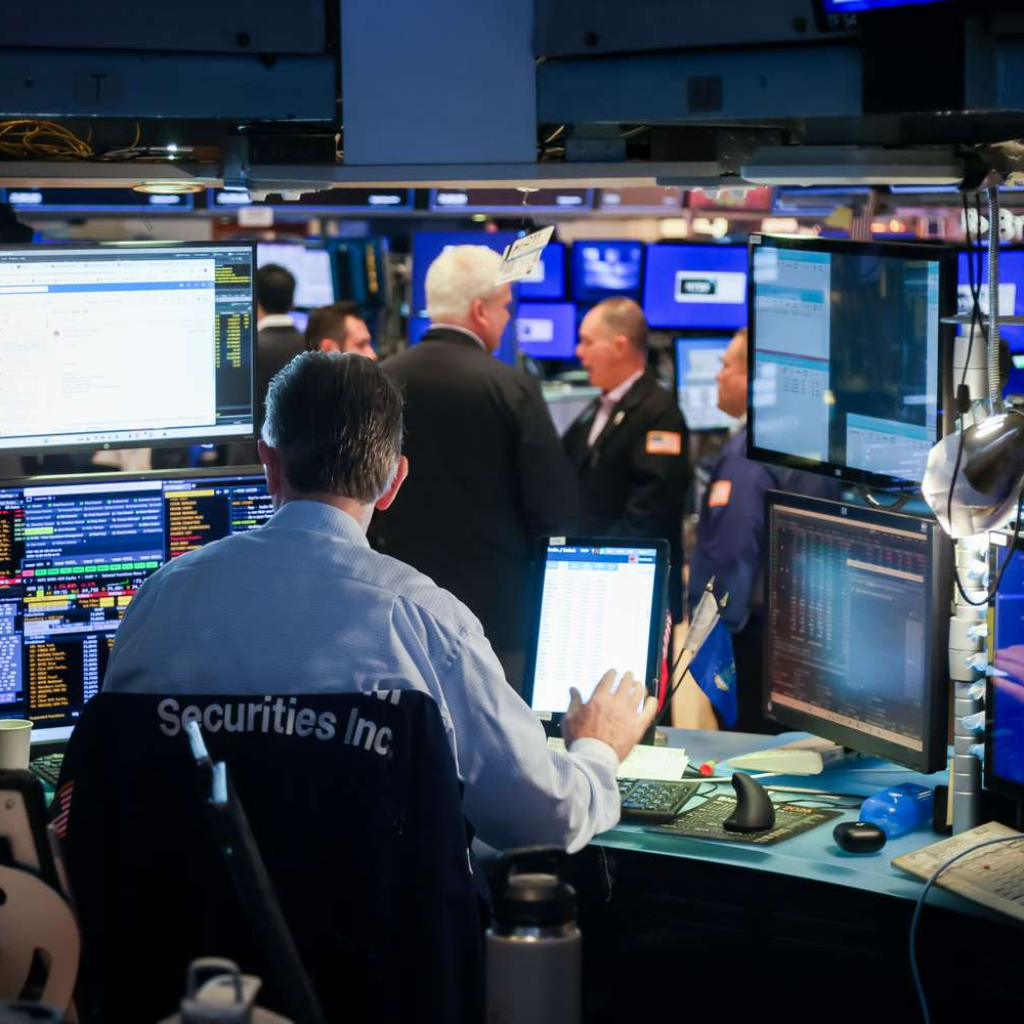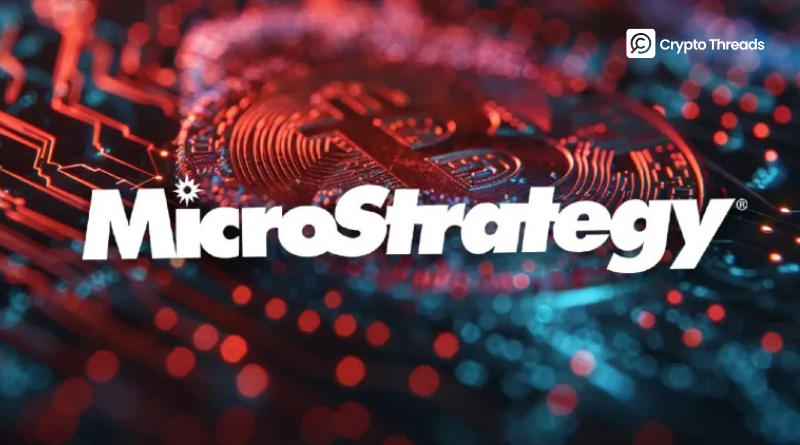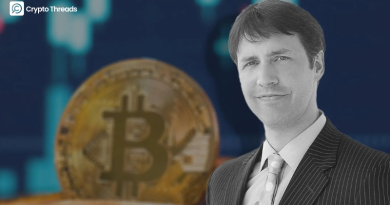What Could Block MicroStrategy’s Entry to the S&P 500
Meta Description: MicroStrategy meets S&P 500 criteria with $92B market cap, but faces volatility and crypto treasury risks as the index committee decides.

Key Takeaways
- MicroStrategy has a 91% probability of joining the S&P 500 according to market analysts
- The company exceeds all financial eligibility criteria with $92 billion market cap and $5.3 billion GAAP income
- Despite meeting requirements, the US Index Committee retains discretionary decision-making power
- Main challenges include crypto treasury model sustainability and 96% average stock volatility
- S&P 500 inclusion would drive passive investment flows into crypto markets
MicroStrategy could become the next crypto company to join the S&P 500 stock market index, a benchmark tracking the 500 largest US public companies by market capitalization. However, significant hurdles remain before admission to this prestigious index.
Market analyst Jeff Walton forecasts a 91% probability that MicroStrategy will join the index as the company approaches full compliance with all inclusion requirements.

According to Nasdaq data, MicroStrategy demonstrates strong financial metrics with daily trading volumes reaching several million shares, a market capitalization exceeding $92 billion, and positive generally accepted accounting principles (GAAP) net income surpassing $5.3 billion over the past four quarters.
The company currently holds a position on the Nasdaq 100, an index monitoring the 100 largest companies by market capitalization listed on the technology-focused Nasdaq stock exchange.
The US Index Committee Maintains Final Authority
Despite meeting quantitative requirements and existing inclusion in a major stock market index, MicroStrategy may still face rejection if the evaluation committee adopts an unfavorable “holistic” assessment of the candidate.
S&P Global methodology establishes clear eligibility criteria: companies must maintain a minimum market capitalization of $22.7 billion, achieve a liquidity ratio of 0.75 or higher (calculated as annual trading volume divided by market cap), and sustain monthly trading volumes of at least 250,000 shares.
Additionally, the sum of GAAP-calculated net income over the last four quarters must remain positive, with the most recent quarter showing profitability for index inclusion.
The US Index Committee governs new company additions to the index through a 10-member voting structure with equal voting rights. Committee decisions require simple majority approval.

MicroStrategy operates as the world’s largest Bitcoin treasury company by holdings, maintaining 636,505 BTC in its corporate treasury according to BitcoinTreasuries data. Publicly traded companies collectively hold over 1 million BTC.
Recent Bloomberg reporting identifies potential committee concerns including the sustainability of MicroStrategy’s crypto treasury strategy and elevated stock volatility. The company’s 30-day price fluctuations average 96%.
Market Impact and Industry Challenges
The S&P 500 functions as a market-capitalization-weighted index of the 500 largest US companies, with quarterly rebalancing to reflect compositional changes. The index has demonstrated consistent growth since 1990.
S&P 500 inclusion generates passive investment flows into crypto markets, supporting long-term price appreciation while deepening integration between digital assets and traditional financial systems.
Coinbase achieved the distinction of becoming the first crypto company included in the S&P 500 index in May. Block, the technology company founded by Jack Dorsey, gained index admission in July and maintains a market capitalization exceeding $46 billion.
The precedent set by these crypto-adjacent companies suggests growing institutional acceptance, though each case faces individual evaluation based on business model sustainability and market stability considerations.



